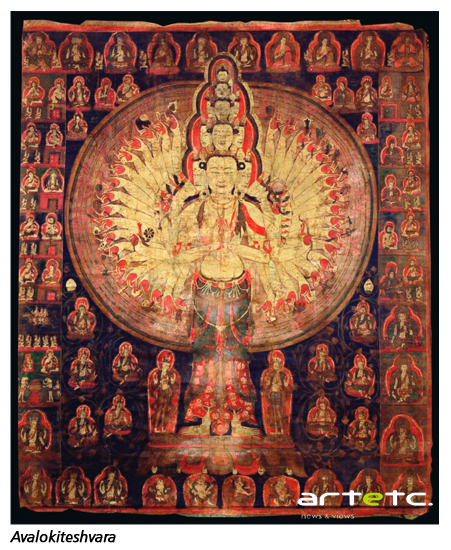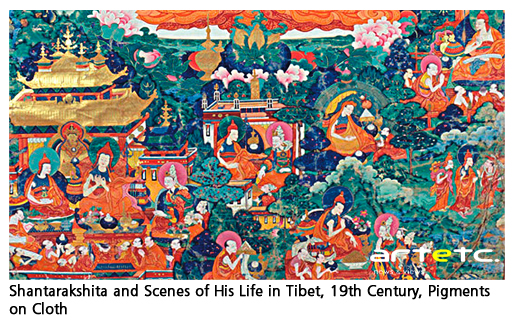- Publisher's Note
- Editorial
- The Enigma That was Souza
- Progressive Art Group Show: The Moderns
- The Souza Magic
- M.F. Husain: Other Identities
- From All, One; And From One, All
- Tyeb Mehta
- Akbar Padamsee: The Shastra of Art
- Sensuous Preoccupations of V.S. Gaitonde
- Manishi Dey: The Elusive Bohemian
- Krishen Khanna: The Fauvist Progressive
- Ram Kumar: Artistic Intensity of an Ascetic
- The Unspoken Histories and Fragment: Bal Chhabda
- P. A. G. and the Role of the Critics
- Group 1890: An Antidote for the Progressives?
- The Subversive Modernist: K.K.Hebbar
- Challenging Conventional Perceptions of African Art
- 40 Striking Indian Sculptures at Peabody Essex Museum
- Tibetan Narrative Paintings at Rubin Museum
- Two New Galleries for the Art of Asia opens at the Museum of Fine Arts in Boston
- Raphael, Botticelli and Titian at the National Gallery of Australia
- The Economics of Patronization
- And Then There Was Zhang and Qi
- What Happened and What's Forthcoming
- Random Strokes
- Yinka Shonibare: Lavishly Clothing the Somber History
- A Majestic “Africa”: El Anatsui's Wall Hangings
- The Idea of Art, Participation and Change in Pistoletto’s Work
- On Wings of Sculpted Fantasies
- The Odysseus Journey into Time in the Form of Art
- On Confirming the Aesthetic of Spectacle: Vidya Kamat at the Guild Mumbai
- Dhiraj Choudhury: Artist in Platinum Mode
- Emerging from the Womb of Consciousness
- Gary Hume - The Indifferent Owl at the White Cube, London
- Daum Nancy: A Brief History
- Experimenting with New Spatial Concepts – The Serpentine Gallery Pavilion Project
- A Rare Joie De Vivre!
- Art Events Kolkata-December 2011– January 2012
- Art Bengaluru
- Mumbai Art Sighting
- Delhi Dias
- Musings from Chennai
- Preview, February, 2012- March, 2012
- In the News-January 2012
ART news & views
Tibetan Narrative Paintings at Rubin Museum
Issue No: 25 Month: 2 Year: 2012


New York City. Illustrative and performance based narrative scrolls had always had an important role to play in the spreading of religions and converting people. Christianity employed the technique of murals on the walls and ceilings in order to teach the major stories of the Bible. However, these murals were not portable. One must travel to the churches to experience them. There was another way to spread the knowledge – using scroll paintings. The scrolls illustrated the stories/teaching accompanied by a narrator telling or performing the concerned stories. Buddhism employed this technique to spread the teachings of the Master among the illiterate people. Buddhist monks in Tibet also applied this technique. Along with portable paintings they also carried sculptures.

Rubin Museum presented an exhibition on Tibetan narrative paintings, curated by Elena Pakhoutova. The exhibition, Once Upon Many Times: Legends and Myths in Himalayan Art, started on September 16, 2011 and continued till January 30, 2012.
The Himalayan region is home to strong narrative traditions-evidence of which is found in a great number of Himalayan works of art. Once Upon Many Times presented the variety of forms that tell stories of the Buddha, illustrious teachers, legendary masters, spiritual quests, and adventures of heroes painted in thangkas, murals, and told in front of portable shrines.
Of particular note in the exhibition were reproductions of three Lukhang Temple wall murals that provided exceptional examples of illustrations inspired by Tibetan dramas and legends.
